Choosing the right snowboard is crucial for your performance and enjoyment on the slopes. Whether you're carving down groomed runs, hitting the park, or exploring backcountry powder, the size of your snowboard can make a significant difference.
In this comprehensive guide, we'll explore the factors that determine the ideal snowboard size for you.
Key Takeaways:
- Understanding the importance of snowboard length, width, and style for your riding preferences.
- How rider weight, height, and boot size influence snowboard size selection.
- Utilizing snowboard size charts and calculators for an informed choice.
The Basics of Snowboard Sizing
When asking "What size snowboard do I need," it's essential to start with the basics. Snowboard length is typically measured in centimeters, from the tip to the tail. The right length snowboard for you depends on your height and weight, as well as your riding style and the terrain you prefer.
Height and Weight: The Starting Point
Your height and weight are the primary factors in determining the length of your snowboard. A general rule is that a snowboard should come up somewhere between your chin and nose when standing on its tail.
However, this traditional method is just a starting point. Rider weight is particularly important, as it affects the board's flexibility and responsiveness.

Riding Style: Freestyle vs. Freeride
Your riding style is a critical component when choosing a snowboard. Freestyle boards are often a bit shorter, offering maneuverability for tricks and park riding. Freeride snowboards, on the other hand, tend to be slightly longer for stability, and the board floats in deep snow.
Snowboard Width: Ensuring the Right Fit
Snowboard width is just as important as length. The width board you need is determined by your boot size to prevent toe and heel drag. A wider board is necessary for riders with larger feet, while those with smaller feet may benefit from a narrower board.
Snowboard Size Chart: A Helpful Tool
A snowboard size chart can be an invaluable tool when selecting your board. These charts provide a range of recommended board lengths based on rider height, weight, and boot size. While not definitive, they offer a solid baseline for narrowing down your options.
Snowboard Size Calculator: Precision Sizing
For those seeking a more precise fit, a snowboard size calculator can be a great resource. By inputting your specific details, such as rider height, weight, and boot size, these calculators provide a more tailored recommendation for both board length and width.
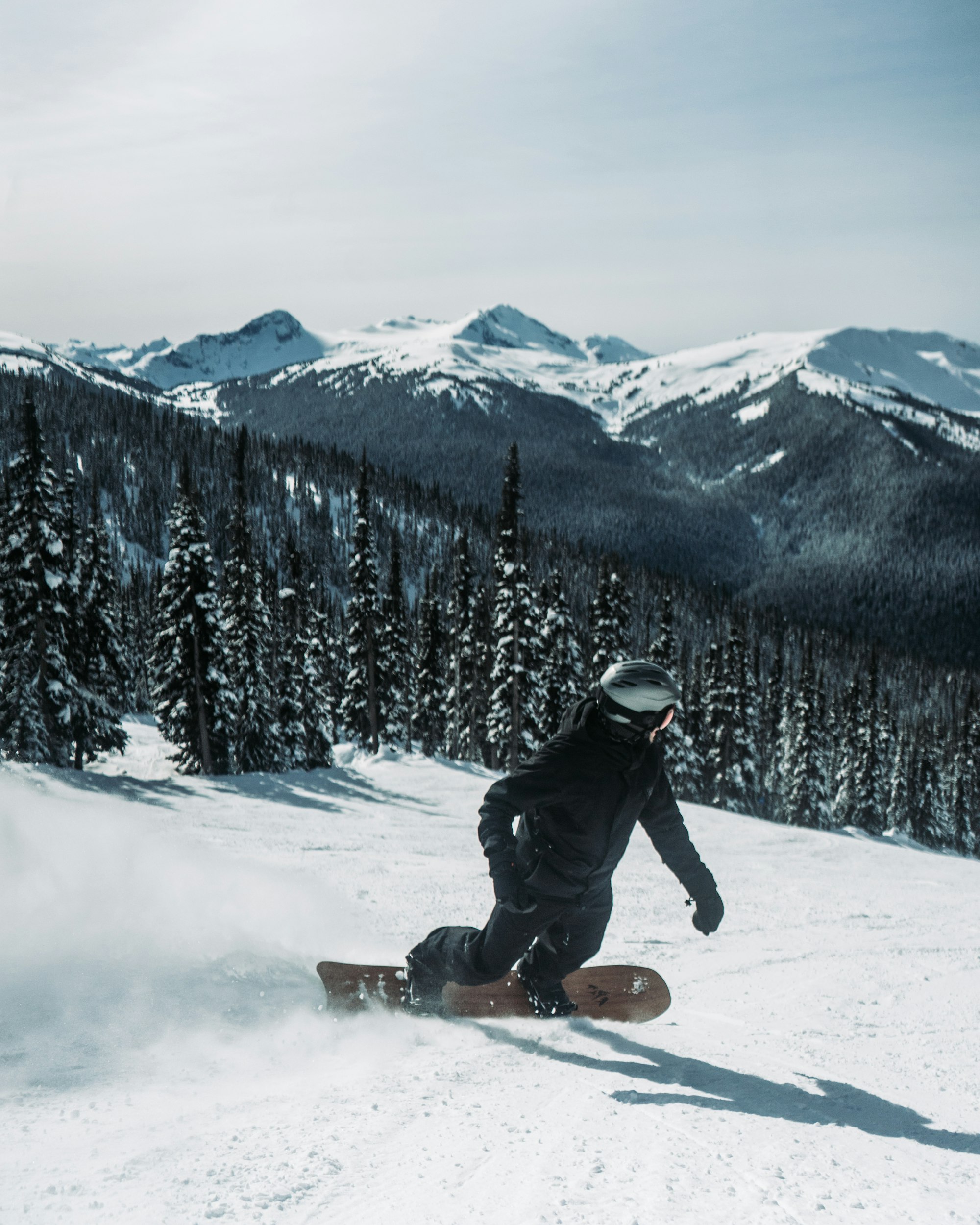
Understanding Board Flex
Board flex is a factor that can influence the size board you choose. A stiffer board may be better for high-speed stability and carving, while a softer flex is typically preferred by park riders and those looking for a playful ride.
The Impact of Snow Conditions
Terrain and snow conditions play a role in snowboard size selection. Powder snowboards, for example, are often longer to provide better floatation in soft snow. Conversely, a shorter board might be preferable for icy or hard-packed conditions.
Powder Snowboard Sizing: The Deep Snow Difference When you're gearing up to ride powder, the size of your powder snowboard can make or break your experience. Unlike all mountain freestyle boards, powder snowboards often have a directional shape, meaning they are designed to be ridden primarily in one direction.
This shape helps you float on top of the deep snow, making turns smoother and more enjoyable. For those who live for the thrill of carving through untouched snow, choosing a snowboard with a slightly longer board length based on your height and weight can provide that extra lift and maneuverability needed in powdery conditions.
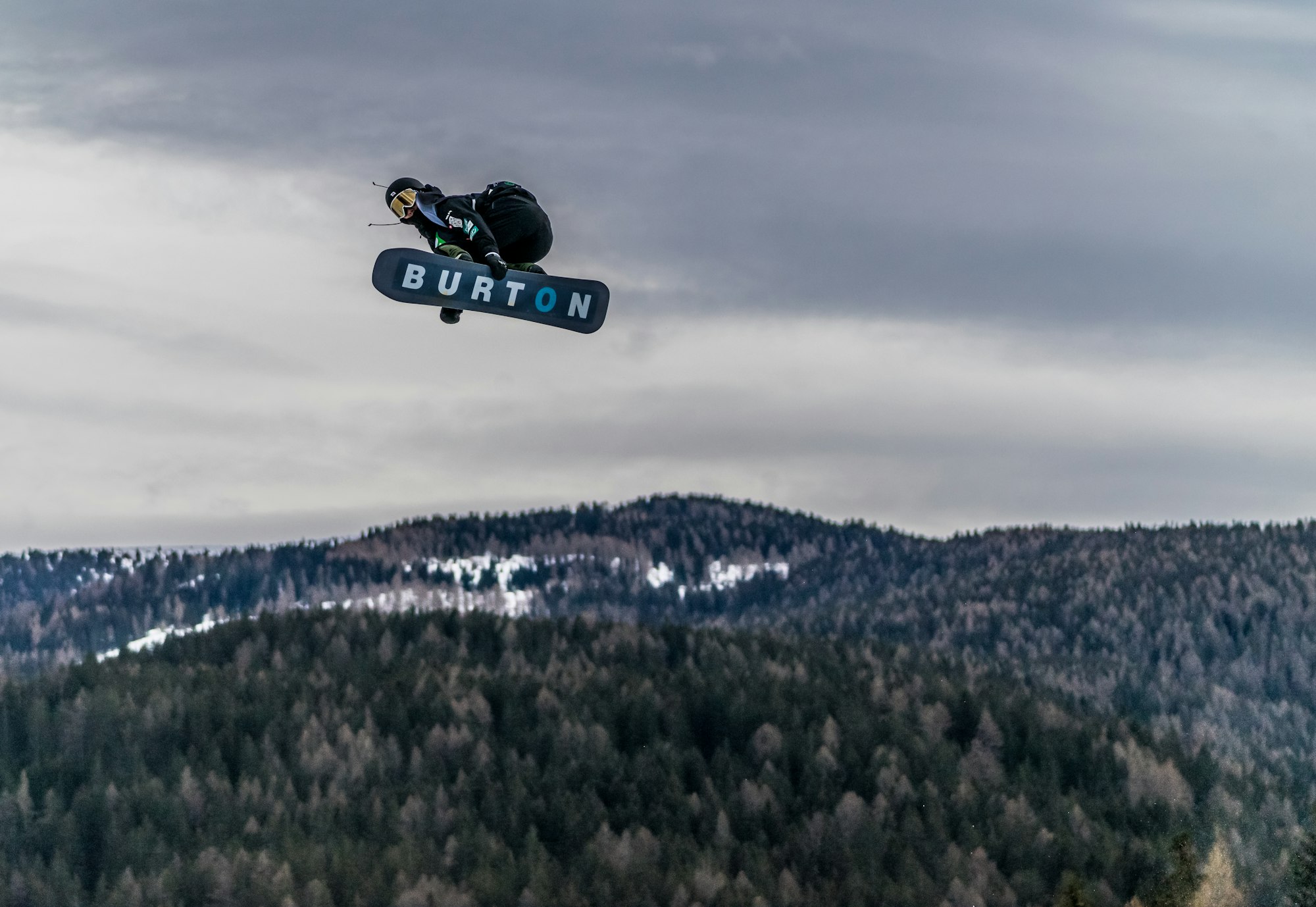
Manufacturers design powder snowboards with specific features like a wider nose and narrower waist widths to enhance performance in deep snow.
A lighter rider might opt for a board with a soft flex to maintain control, while someone with lower body weights may benefit from a board with a longer effective edge to help with stability. When consulting a snowboard sizing chart, remember that the right board for powder will often be longer than your standard freestyle board.
This extra length helps to distribute your weight over a larger surface area, allowing you to ride powder with ease and avoid sinking.
Customizing Your Ride: Snowboard Add-Ons and Adjustments Selecting a new snowboard is just the beginning; customizing your ride with the right add-ons can elevate your snowboarding experience.
For those who love to ride downhill and explore backcountry terrain, climbing skins are an essential accessory. These skins attach to the bottom of your board, providing traction to climb slopes without sliding backward.
They're a game-changer for riders who want to access untouched powder without the need for a lift. When choosing climbing skins, ensure they match the length and width of your board for optimal performance.
Another aspect to consider is the customization of the tip and tail of your board. Some board manufacturers offer the option to adjust the shape or add specific features to these areas, enhancing your board's performance in certain conditions.
For instance, a freestyle snowboard might have blunted tips and tails for better park performance, while a directional board designed for speed and stability might feature a tapered tail to help with quick turns.
The right board depends on your riding style and the conditions you'll be facing, so don't hesitate to ask for advice or experiment with different configurations to find your perfect match.

Gender-Specific Design: Men's vs. Women's Snowboards
When you're looking to choose a snowboard, it's essential to consider gender-specific designs. Men's and women's snowboards are tailored to the typical body weight and center of gravity found in each gender, which can significantly affect performance.
Women's boards tend to be lighter, more flexible and have a narrower waist to accommodate a generally lighter body weight and smaller foot size. This design ensures better control and ease of maneuvering, which is crucial for freestyle snowboards where precision is key.
On the other hand, men's snowboards are often built to support a heavier body weight and are usually wider and stiffer. This makes them more stable at high speeds and suitable for carving down mountain snowboards.
The differences in design mean that while a woman could ride a men's board and vice versa, for optimal performance and comfort, it's advisable to stick to the board designed for your gender.
Remember, the right snowboard size cm matters and gender-specific boards are crafted to optimize your riding experience.
The Evolution of Snowboard Technology
Snowboard technology has come a long way, and with it, the ability to fine-tune your board to your riding style and body weight. In the past, longer boards were the norm, as they provided stability and float in powder.
However, advancements in materials and design have allowed for shorter, more agile boards without sacrificing these qualities.
Freestyle snowboards, for instance, have benefited from these technological improvements, allowing riders to perform tricks with greater ease due to the lighter and more responsive materials.
Moreover, mountain snowboards have also evolved, with features like hybrid cambers and sidecut technologies that provide a better grip on icy slopes and improve turn initiation.
This means that whether you're a beginner or an advanced rider, the technology exists to help you choose a snowboard that will complement your style and enhance your performance on the slopes.
Always consider the latest innovations when selecting your board, as they can make a significant difference in your snowboarding experience.
Directional Boards vs. Twin Tips
Directional boards are designed primarily for riding in one direction and may have a longer nose than a tail. Twin tips, or freestyle boards, are symmetrical and ideal for riding switches. Your preference here will affect the length of snowboard you should choose.
The Role of Personal Preference
Ultimately, personal preference should not be overlooked. Some advanced riders may opt for a longer or shorter board based on their specific style and the type of riding they enjoy most.
Kids Snowboards: Special Considerations
When selecting kids' snowboards, it's important to consider both current size and potential growth. A board that is too large can be difficult to control, while one that is too small may be quickly outgrown.
Snowboard Boots: The Foundation of Sizing
Snowboard boots are the foundation of proper snowboard sizing. Ensuring your boots fit correctly and match the snowboard waist width is crucial for comfort and performance.
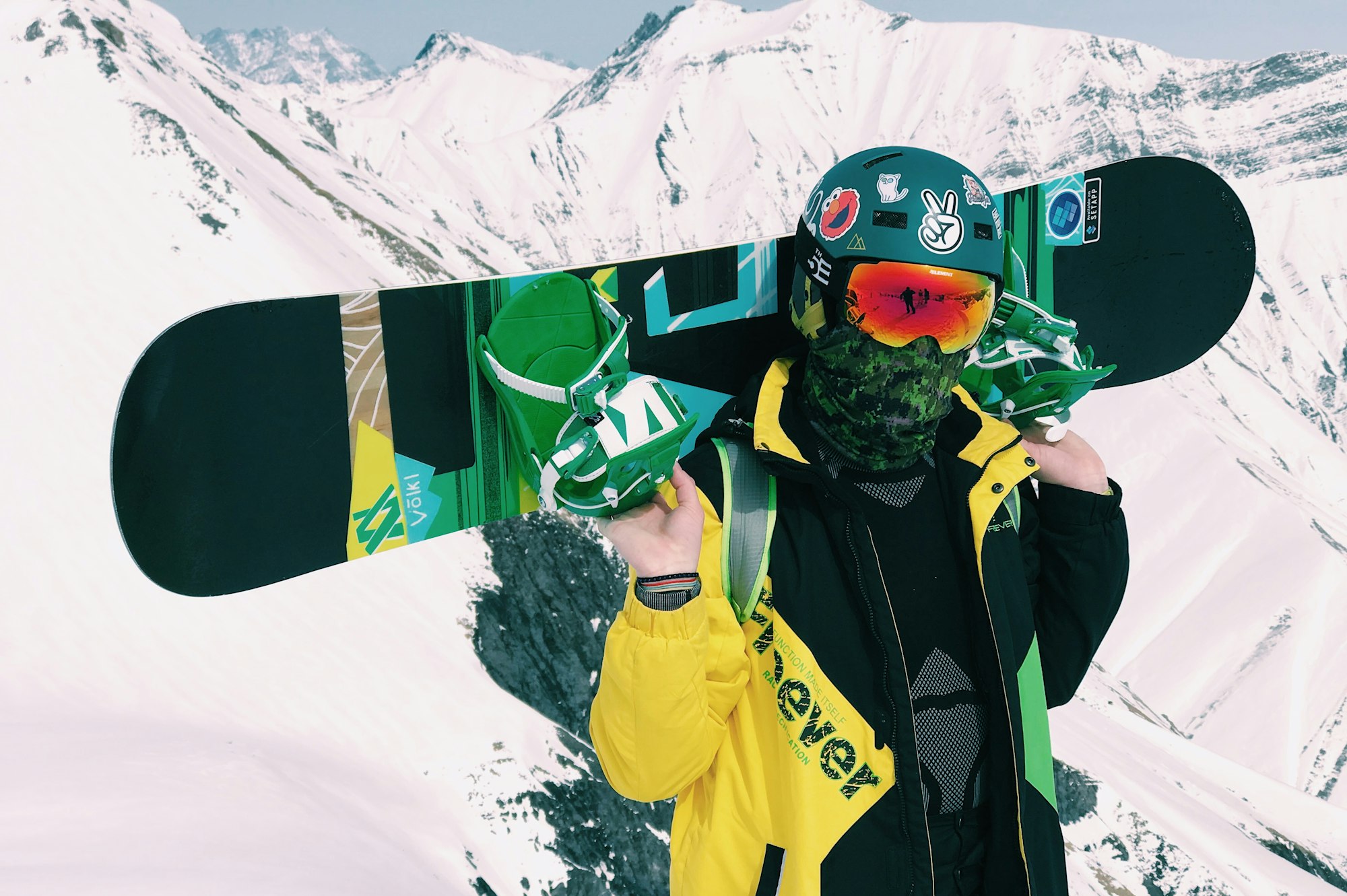
Advanced Riders: Fine-Tuning Board Size
Advanced riders may fine-tune their board size based on specific needs, such as a stiffer board for aggressive riding or a narrower waist width for quick edge-to-edge transitions.
All-Mountain Freestyle: Versatility in Size
All-mountain freestyle boards offer a balance between park and powder riding. The size of these boards often falls in the middle range, providing versatility across various conditions.
The Influence of Ability Level
Your ability level should influence the size of the snowboard you choose. Beginners may benefit from a shorter board for easier control, while intermediate riders might prefer a longer board for stability at higher speeds.
Freestyle Riders: Tailoring Board Length
Freestyle riders often prefer a board that's a bit shorter for easier maneuverability in the park. The tail width and tip should complement the rider's style and the features they aim to tackle.
Choosing the Perfect Board
To choose the perfect board, consider all factors: rider height, weight, boot size, riding style, and terrain preferences. Consult with snowboard companies or local experts, and don't hesitate to test different sizes to find your ideal match.
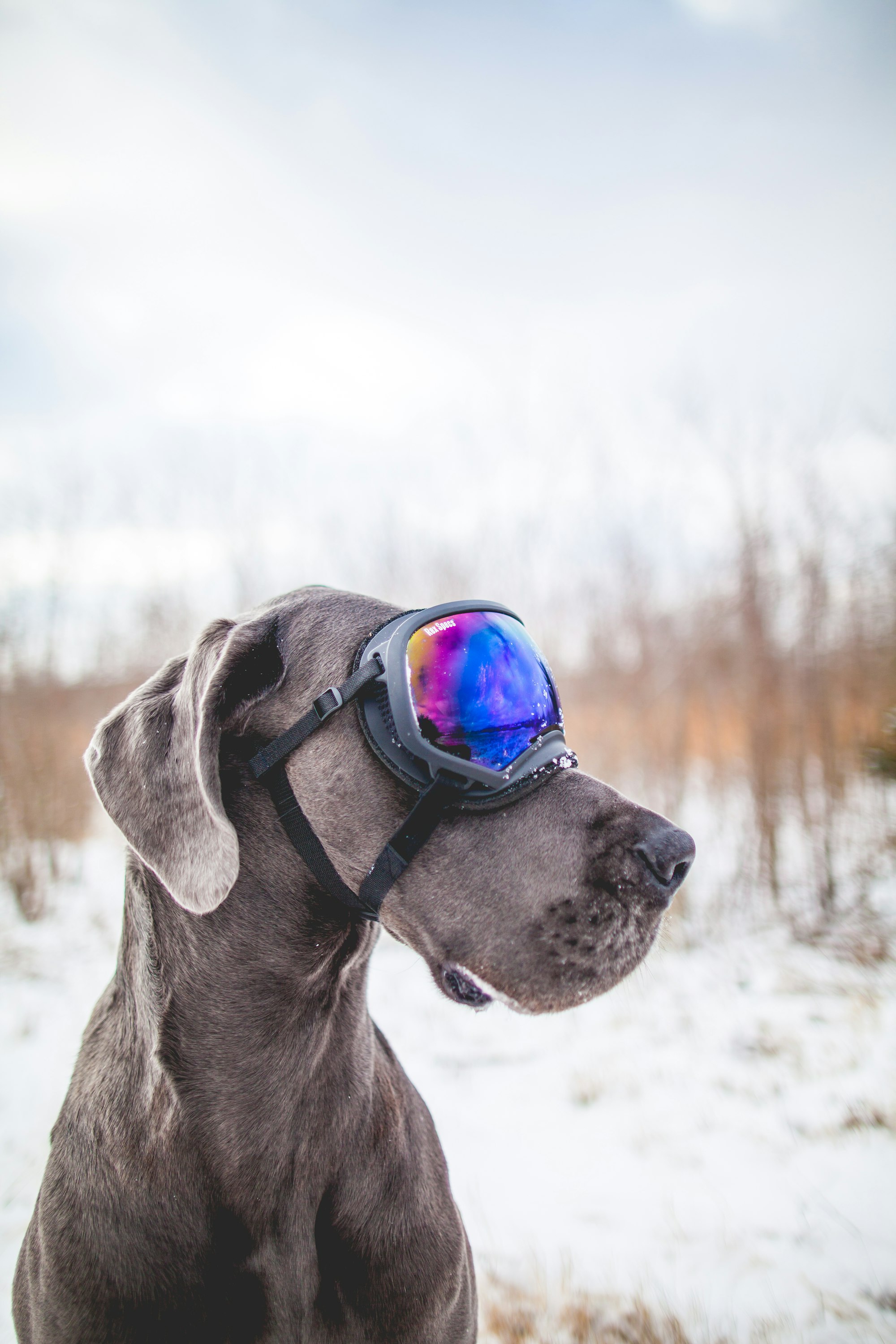
Some Final Thoughts
Selecting the right snowboard size is a blend of science and personal preference. By considering factors such as rider weight, height, boot size, riding style, and terrain, you can narrow down the options to find the perfect board for your adventures in the snow.
Remember to use snowboard sizing charts and calculators as a guide, but also trust your instincts and experience.
FAQ's
Can I use the same snowboard for different types of riding?
Yes, many riders use all-mountain boards that are versatile enough for various conditions. However, specialized boards like freestyle or powder snowboards may enhance your experience in those specific areas.
How does my boot size affect snowboard width?
Boot size determines the necessary snowboard width to avoid toe and heel drag. A wider board is needed for larger boots, while smaller boots work well with narrower boards.
Should beginners choose a longer or shorter snowboard length?
Beginners often benefit from a shorter board as it's easier to control and maneuver. As skills improve, riders may opt for a longer board for greater stability at speed.


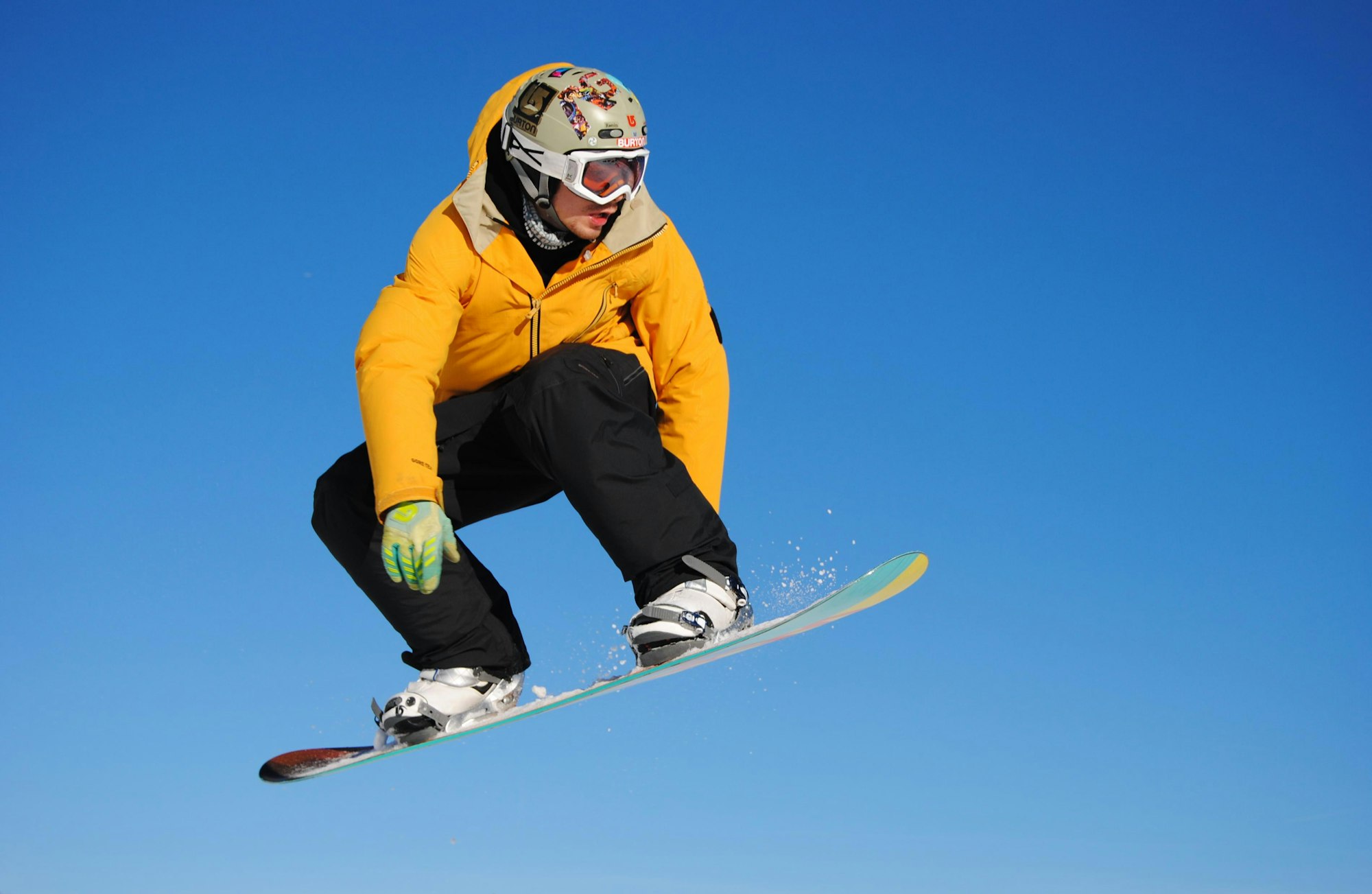




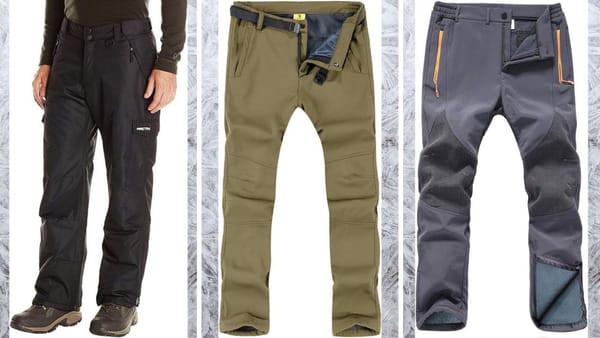




Member discussion